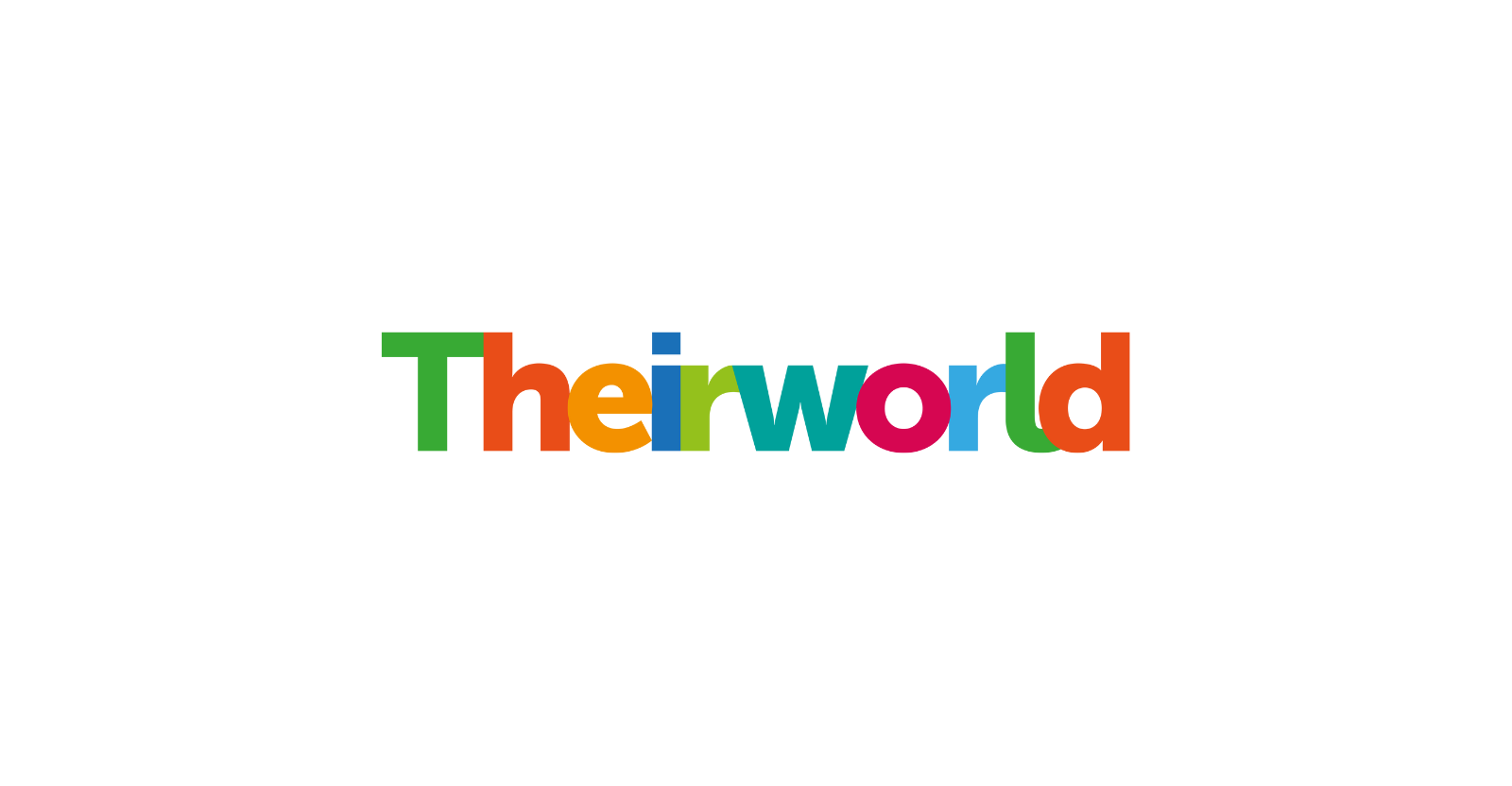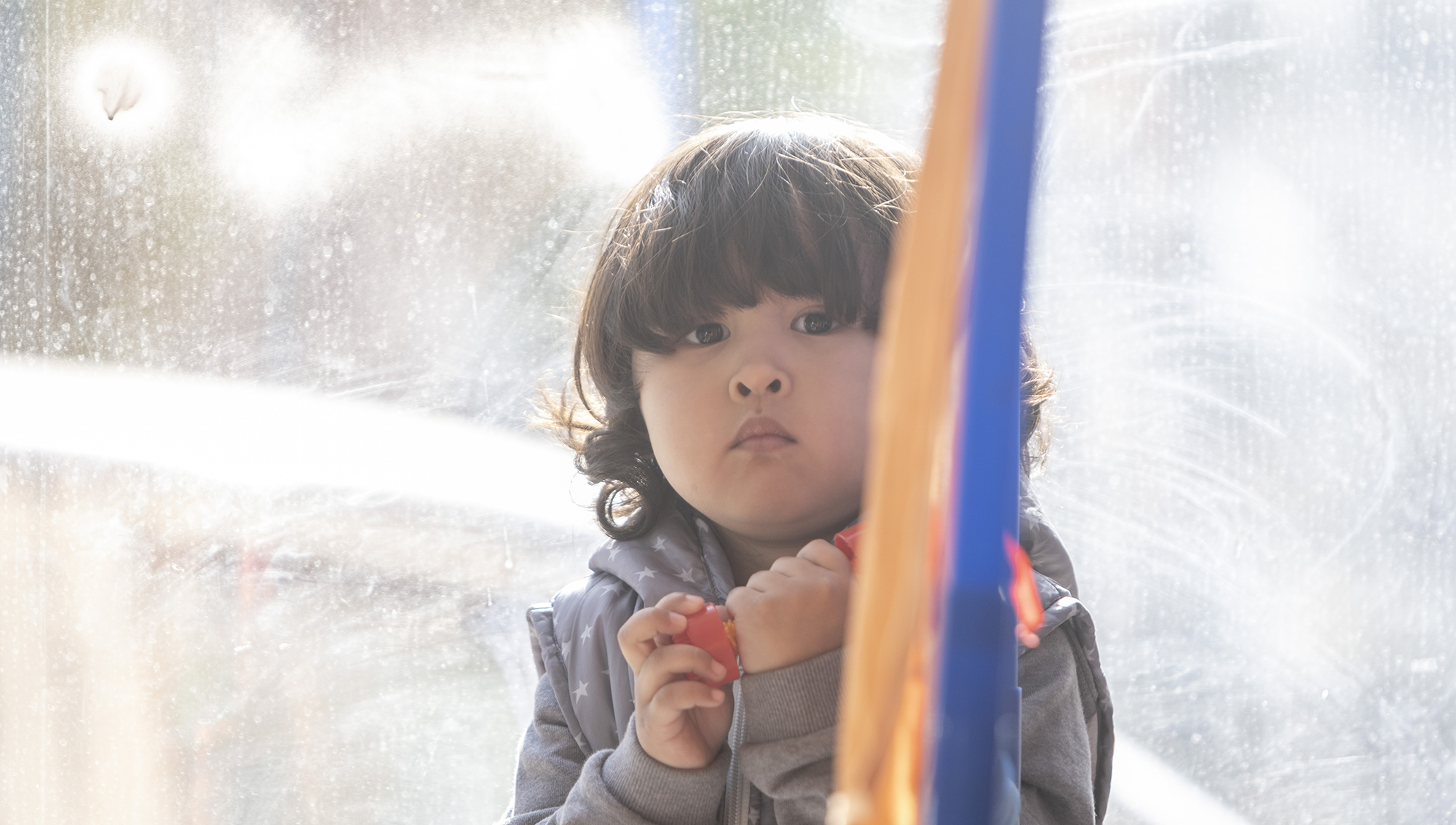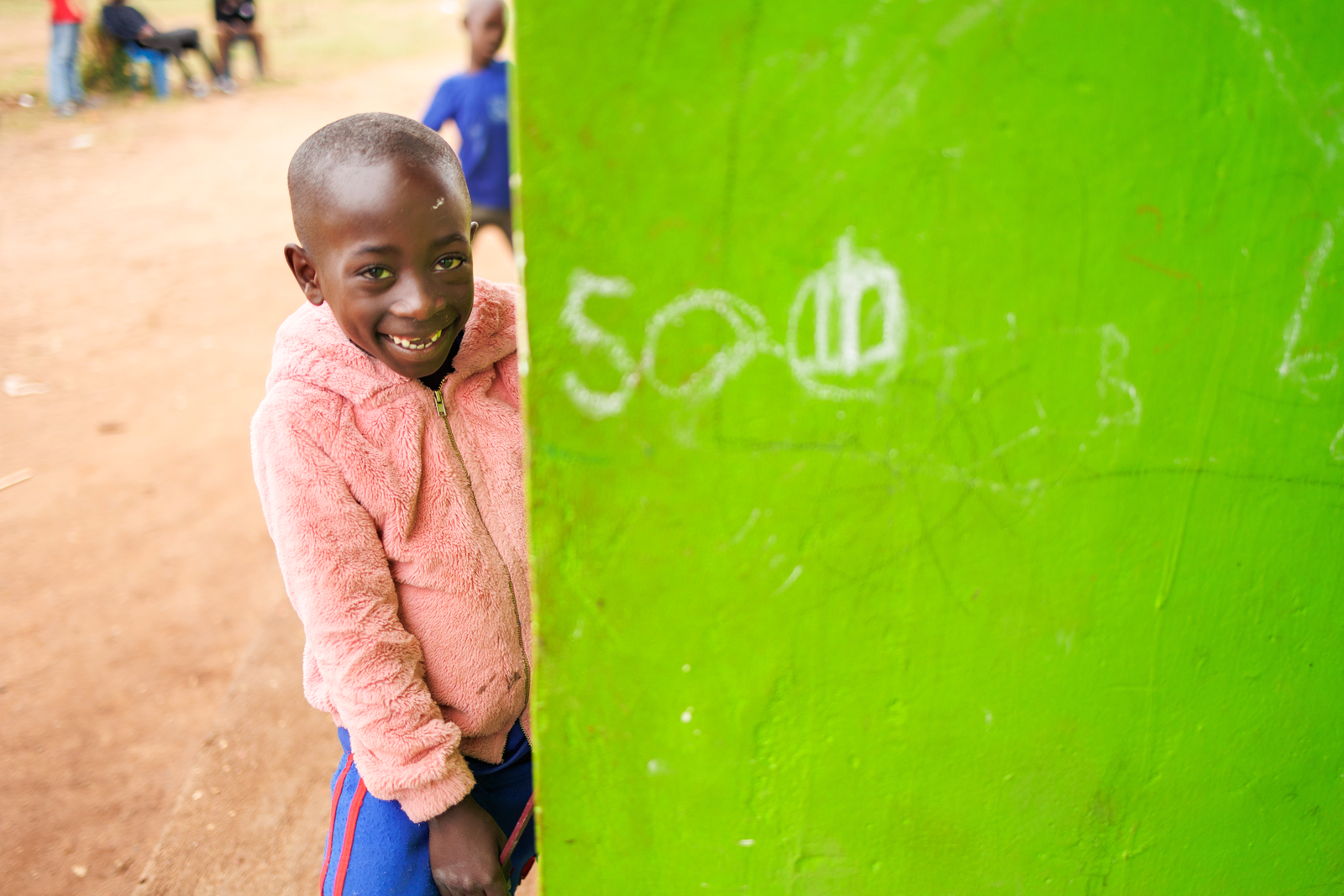
Safe Schools Declaration

This page explains what the Safe Schools Declaration is and how it aims to protect childrens' rights to education during times of conflict.
What is the Safe Schools Declaration?
The Safe Schools Declaration is an international commitment that expresses support for the protection of students, teachers and their schools during armed conflict.
It stresses the importance of continued education during emergencies, something that is often disrupted. Governments can sign the Declaration to show their support and commitment to the Guidelines For Protecting Schools And Universities From Military Use During Armed Conflict.
The Safe Schools Declaration emerged from a conference held in Oslo, Norway, in May 2015. By November 2019 the governments of 100 countries had endorsed it.
Countries that sign the Safe Schools Declaration have made a public declaration that attacks on schools and the military use of schools is unacceptable.

Why is the Safe Schools Declaration necessary?
During times of violent conflict, schools are targets for attack or may be used for the recruitment of child soldiers. The buildings may also be appropriated for other uses, such as military barracks, weapons stores and detention centres.
Thousands of attacks on schools and universities were recorded in the Education Under Attack report in 2014. These included bombings and burnings of buildings and the killing, wounding or abducting of students and teachers.
Examples of more recent attacks include the 2015 massacre of students in Peshawar, Pakistan, and violence in Nigeria, where more than 1000 schools have been destroyed, damaged or taken over by Boko Haram, who have also kidnapped more than 2000 girls and women.
In 2016, there were more than 400 recorded attacks on schools worldwide. The ongoing conflicts in Syria and Yemen have damaged or destroyed hundreds of schools.
Even where the violence is more general, the effect of disrupted education on children and their families can be devastating and last for generations. Despite the growing understanding and support of the importance of education, during armed conflict education and the protection of schools has not been a priority.
The Safe Schools Declaration looks in detail at what happens to education during armed conflict – at the attacks on pupils and teachers and the military use of schools and universities. It explains the need for political commitment to tackle this and ensure access to safe schools and education for all.
The Guidelines detail what all parties should do as part of their promise to avoid harming students’ safety and education.
Who has signed the Safe Schools Declaration?
By November 2019, 100 countries had signed the declaration, including conflict-hit Nigeria and Afghanistan. France became the first permanent member of the UN Security Council to sign – followed by the United Kingdom. Permanent members who have not signed are the United States, China and Russia.
The Guidelines state that the declaration endorsement applies to both government and non-state forces.
By signing the Declaration, states agree to apply the Guidelines For Protecting Schools And Universities from Military Use During Armed Conflict. It means countries joining the declaration are committed to keeping schools and universities operating safely for students.
Argentina hosted the Second International Safe Schools Conference in 2017 – bringing together more than 60 countries to discuss the declaration and how best to take it forward.
Next resource
